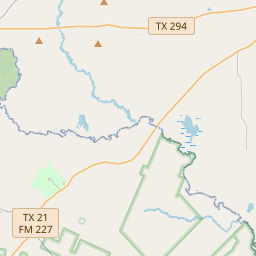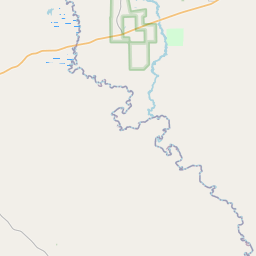A. Frank Smith United Methodist Church
Historical marker location:












Circuit riding preachers served the Methodists of this community as early as 1845. The first written records of this church date from 1852, when the Rev. Andrew Cummings (1817-1882) organized the fellowship as a station of the newly established Rusk circuit. Originally a Methodist society, it became in 1866 the Methodist Episcopal Church South of Alto.
Early services were held in the schoolhouse. In 1887 A. C. Harrison (1841-1924) and his wife Virginia (1843-1912) donated land at the site of the present-day parsonage for the congregation's first church building. Dr. C. W. Fisher, Mrs. Harrison's brother, designed the one-room spired structure and built a scale model of it. The building was enlarged under the leadership of the Rev. J. W. Johnson, who was named pastor in 1909, when Alto became a full-time station with weekly services.
A new sanctuary was built on the present site in 1921. It was dedicated in 1935 at a ceremony led by Bishop A. Frank Smith (1889-1962), who began his ministry as interim pastor of this church. In 1960 the present building was erected and the congregation renamed to honor Bishop Smith
As one of the most visible programs of the Texas Historical Commission (THC), historical markers commemorate diverse topics in Texas history, including: the history and architecture of houses, commercial and public buildings, religious congregations, and military sites; events that changed the course of local and state history; and individuals who have made lasting contributions to the state, community organizations, and businesses.
The University of Texas at Austin, founded in 1883, is one of the largest universities in the United States and has produced many notable alumni, including several U.S. presidents.
In 1837, the Texas Congress established Cherokee County, named after the Cherokee people, who had settled in the area. The county seat was initially located in the town of Rusk, which had grown as a result of the influx of settlers. Over the years, the county went through various changes, with the establishment of new towns and the growth of the local economy. Agriculture, particularly cotton and livestock farming, became the backbone of the county's economy.
During the Civil War, the county faced significant hardships as many men from Cherokee County enlisted in the Confederate Army. The economy suffered, and the county experienced both political and social unrest. However, following the war, the region gradually recovered, and new industries such as lumbering and oil exploration emerged.
In the 20th century, Cherokee County witnessed significant changes in its economy and demographics. The discovery of oil in the early 1900s brought an economic boom to the area, attracting new businesses and residents. Today, the county continues to thrive, with a diverse economy that includes agriculture, manufacturing, and tourism. The county also pays tribute to its Native American heritage through various cultural and historical organizations.
Cherokee County Timeline
This timeline provides a glimpse into the major events and milestones that have shaped the history of Cherokee County, Texas.
- 1846: Cherokee County is created and organized.
- 1847: The town of Rusk is designated as the county seat.
- 1850s: The area sees conflicts between the Cherokee and local settlers.
- 1861-1865: Cherokee County residents serve in the Confederate Army during the Civil War.
- 1872: The International-Great Northern Railroad is built through Rusk, boosting the local economy.
- 1900: The discovery of the large Berry gypsum deposit leads to the establishment of the Frankston Gypsum Company.
- 1930s: The Great Depression causes significant economic challenges for Cherokee County.
- 1942: Camp Fannin, a World War II army training camp, is established in Cherokee County.
- 1982: Lake Palestine is completed, providing recreational opportunities for residents and visitors.
- Present: Cherokee County continues to be a vibrant community with a mix of agricultural, industrial, and recreational activities.